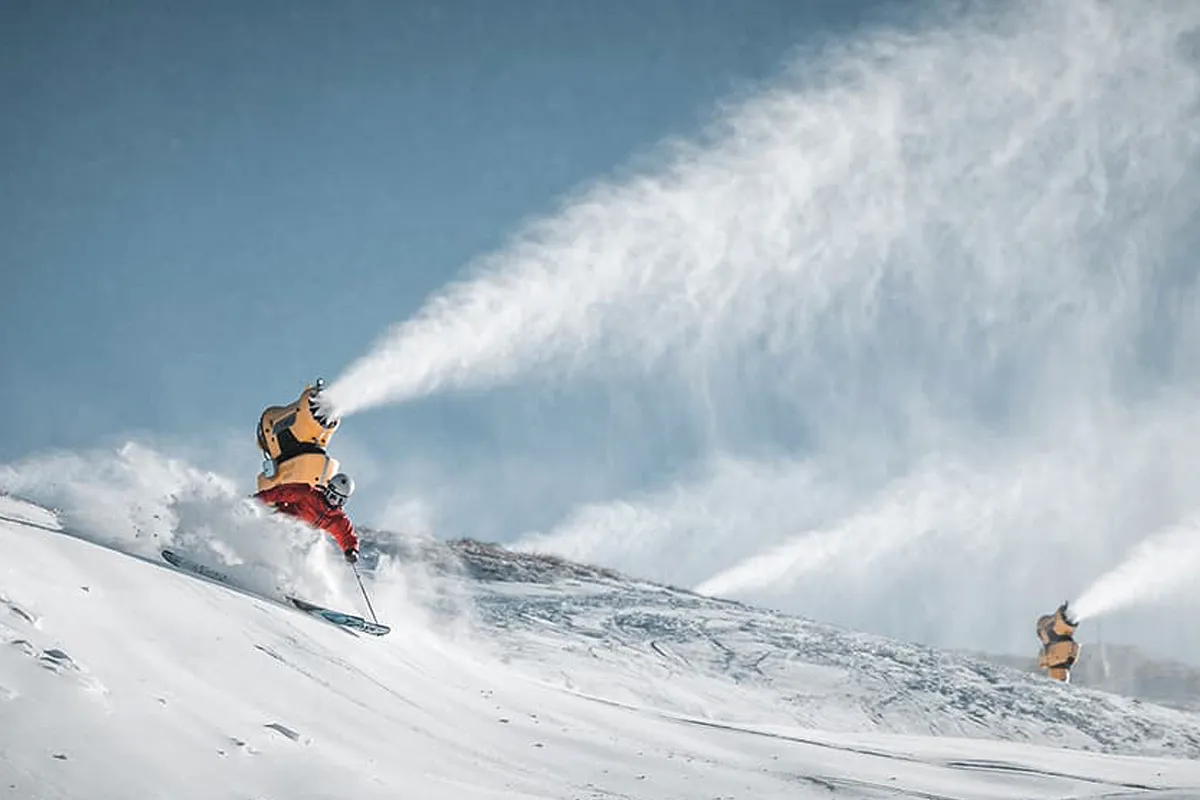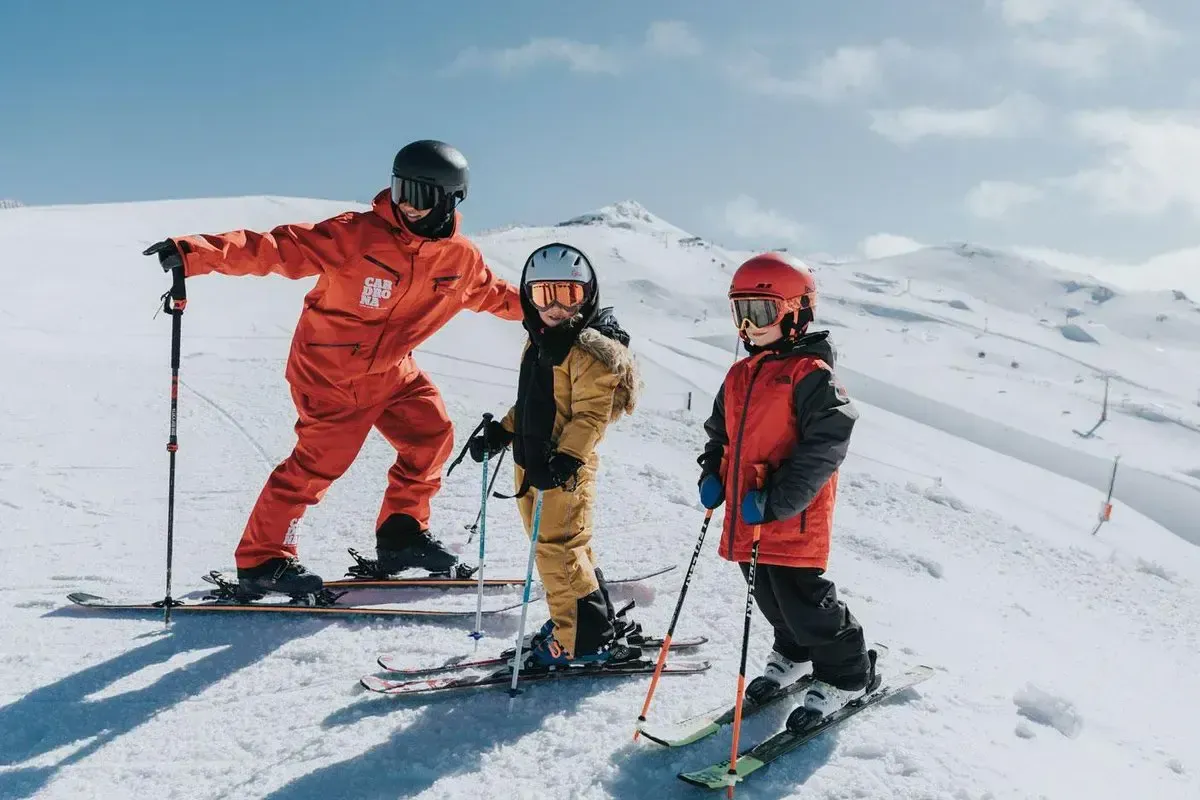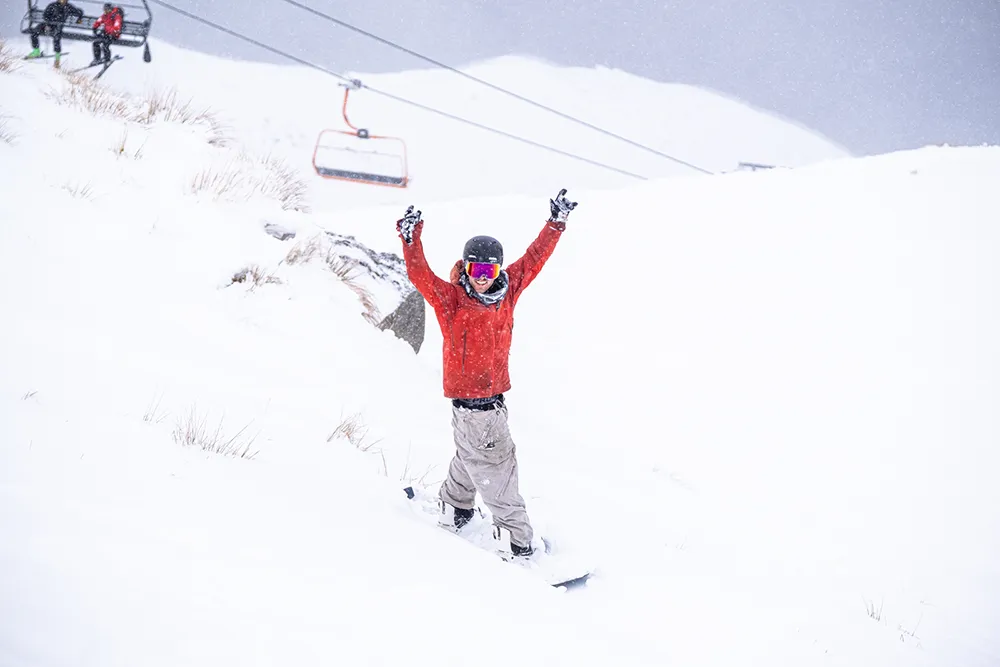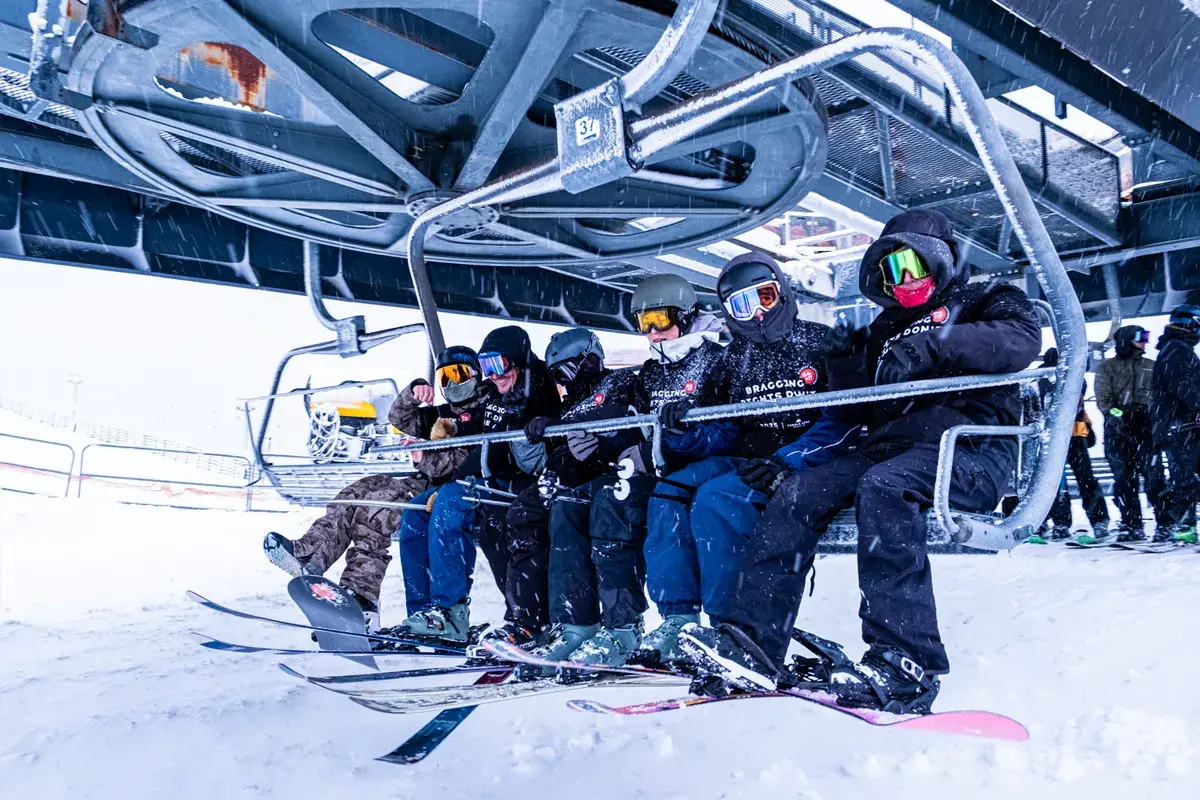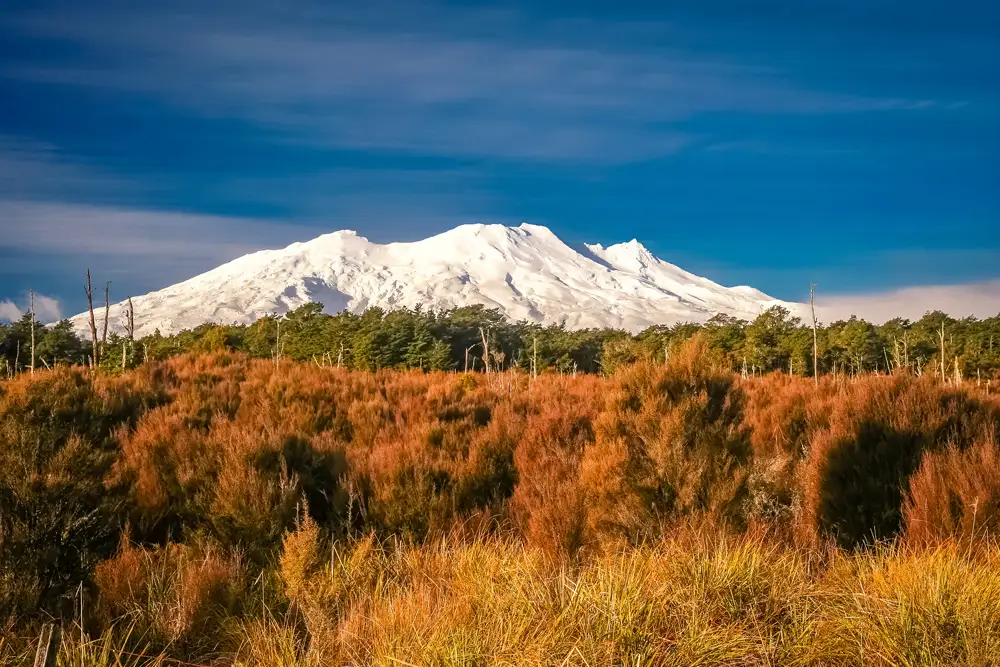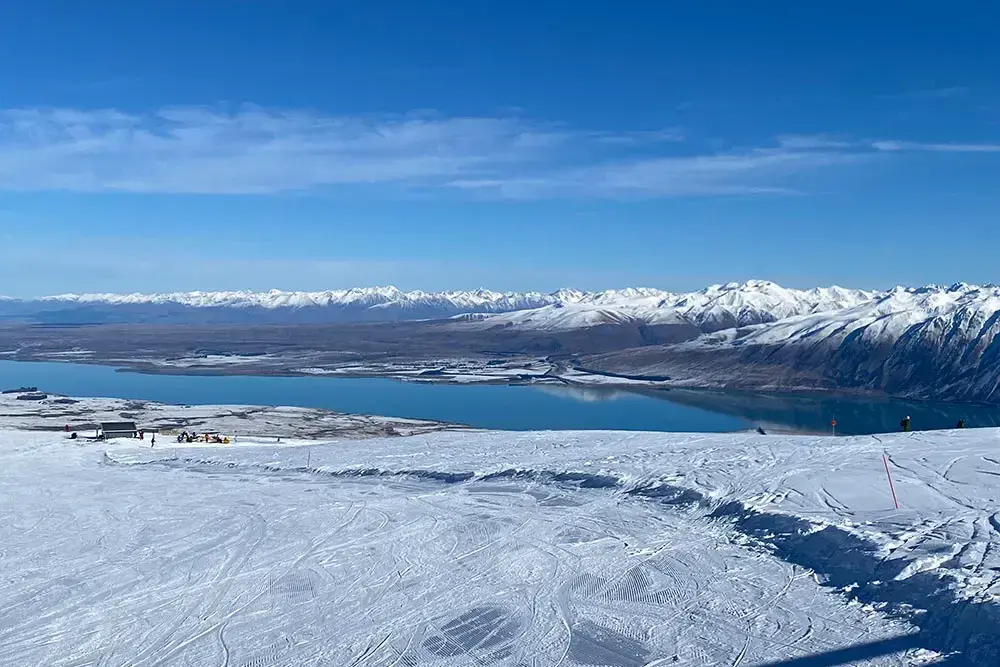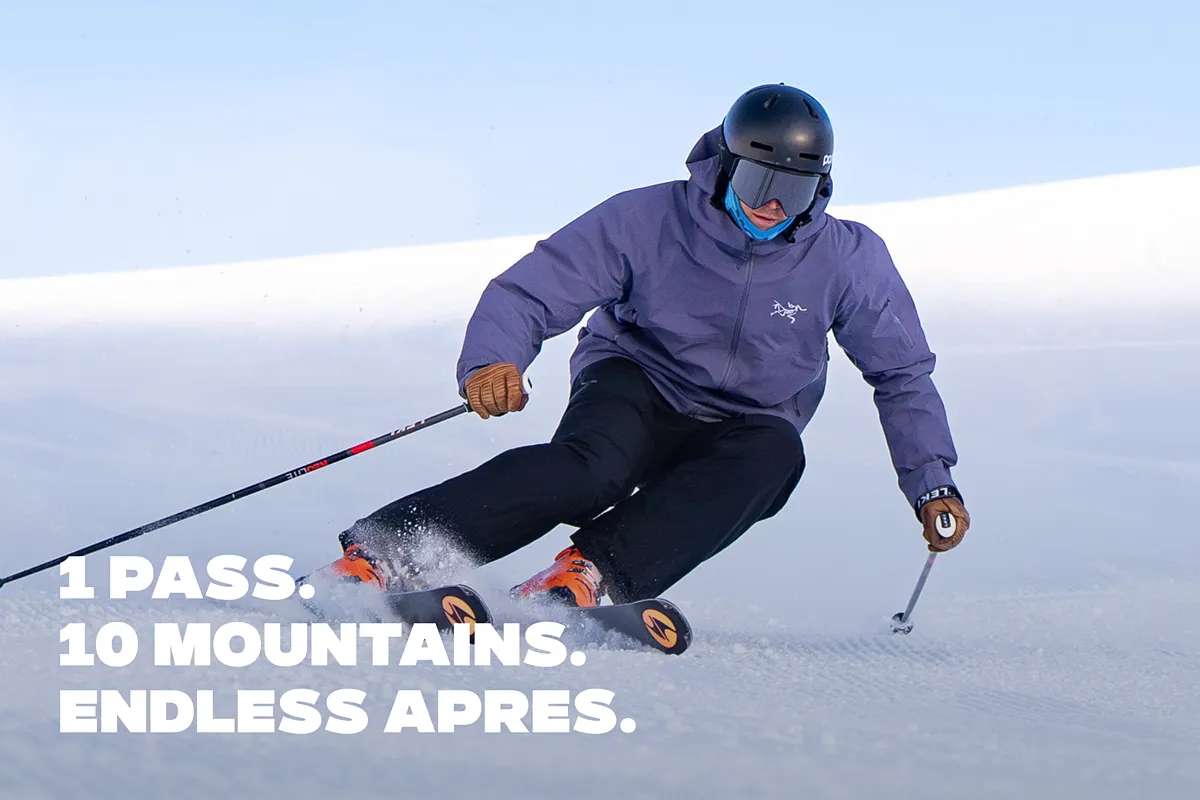There was a time when a good winter meant one thing: snow - and lots of it
The kind that settled in June and hung around through September. That natural rhythm helped develop the New Zealand’s ski culture – one where club fields thrived, rope tows whirred, and weekends were about mates, chilly bins, and skiing until your legs gave out.
But those days are shifting. Whether it’s changing weather patterns, warmer shoulder months, or simply a more profit-driven industry, New Zealand ski fields can’t afford to wait around for a good dump. Snowmaking has gone from a backup plan to the centrepiece of most commercial operations. Take the South Island for example, with a reliance of Australian skiers arriving for winter, snow is essential.
The cold truth about snow
Let’s not pin everything on climate change – although it certainly plays a role. Warmer winters, rising snowlines, and more frequent rain events are all factors. But just as significant is the shift in the business model.
Running a ski field in 2025 is a numbers game. You’ve got to open early, stay open late, and guarantee decent coverage for the school holidays – or risk losing your core market. Snowmaking gives operators control over those variables. It’s no longer optional; it’s essential.
Take Happy Valley at Whakapapa. Without snowmaking, it wouldn’t open. Period. It’s built entirely around man-made snow. Mt Hutt fires up its guns in May most years, aiming to be the first major field open in the Southern Hemisphere. Cardrona and Coronet Peak both rely heavily on snowmaking for their learner slopes and village access – and without it, the access tracks from the base wouldn’t even open.
That’s the key: even in traditionally colder regions, the natural snow just isn’t landing like it used to – and when it does, it’s often patchy, wet, or windblown. Snowmaking fills the gaps. It buys time. It saves the season.
Business models vs mountain culture
There’s a growing divide in New Zealand’s ski landscape. On one side, you’ve got the big commercial fields – slick operations with snow guns, groomers, cafés, rental outlets, and Instagram-perfect backdrops. They cater to families, tourists, and those who want reliability and comfort.
On the other side? Club fields. Places like Craigieburn, Temple Basin, and Broken River. No snowmaking, no chairlifts, no lattes. Just rope tows, nutcrackers, and a bunch of passionate skiers doing it for the love of the mountain.
The difference isn’t just technical – it’s philosophical. Commercial fields need snowmaking to meet business expectations. Club fields, run by volunteers and focused on community, are more flexible. If the snow doesn’t show up one weekend, they wait for the next. If you like that kind of vibe – low-key, DIY, and a bit more rugged — club fields are still the heart and soul of New Zealand skiing.
Is it sustainable? it has to be!
Snowmaking doesn’t come cheap. It uses a lot of water, a fair chunk of power, and requires significant infrastructure. And while modern systems are getting smarter and more efficient, there’s still an environmental footprint to consider – particularly for lower-altitude fields like Tūroa and the Queenstown basin.
Then again, the alternative is worse: missed school holidays, cancelled lessons, no beginner terrain. And without the income from those groups, the viability of commercial fields comes into question.
That’s the reality: snowmaking is the lifeline. It keeps things ticking over while the natural snow plays catch-up.
Man-made vs natural: Does it still matter?
There’s a noticeable difference between skiing on natural snow and the man-made stuff – and purists will tell you it’s night and day. Natural snow tends to be lighter, drier, and more forgiving underfoot. It carves differently. It feels alive. Man-made snow, by contrast, is denser (almost chalky in feeling), wetter, and often harder, especially first thing in the morning. It gets the job done, but it’s not quite the same.
That said, there’s now an entire generation of skiers and boarders who’ve grown up skiing mostly on man-made snow. Many have no idea what a true powder day feels like. For them, consistency is king – and if the snow’s there, they’re happy. The expectation has shifted. Reliability trumps romance. And while the old-school crowd might quietly mourn what’s been lost, it’s hard to argue against getting more people on snow, more often.
So is snowmaking the future of New Zealand skiing?
For the big players – yes. Without it, opening day would be a guessing game, and seasons would hang in the balance every year.
But it’s not the only future.
There’s room in this country for both models: the polished, snow-reliable commercial field with man-made base layers and long season passes… and the club field where you earn every turn and the mountain still calls the shots.
Maybe the real future lies in giving people both options. Let the business models do what they need to do – but don’t forget there’s still magic in waiting for the perfect storm, strapping on your gear, and heading up to a field where the snow is 100% natural and the vibe is 100% local.
After all, snowmaking may be the future of skiing – but it doesn’t have to be the only one.

